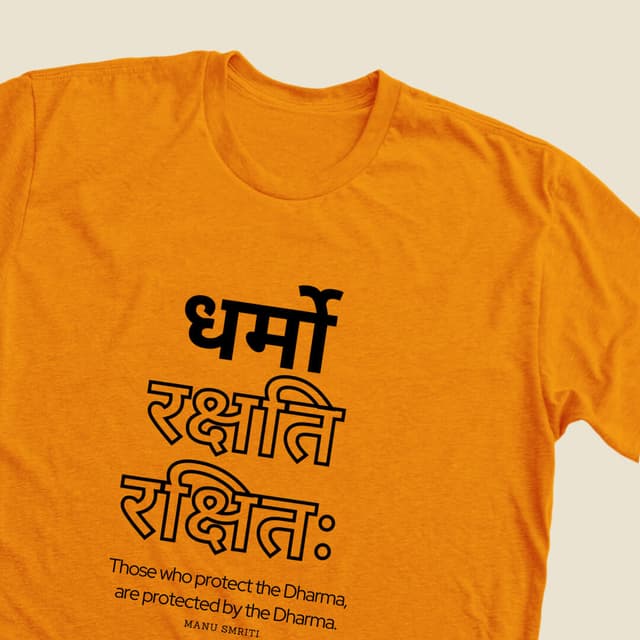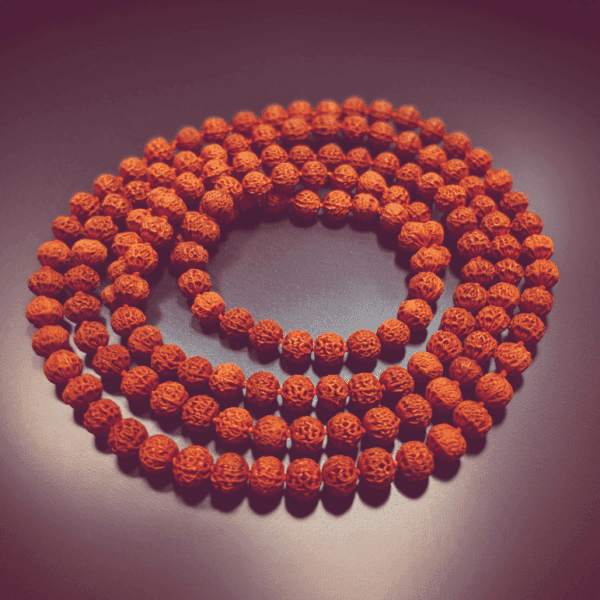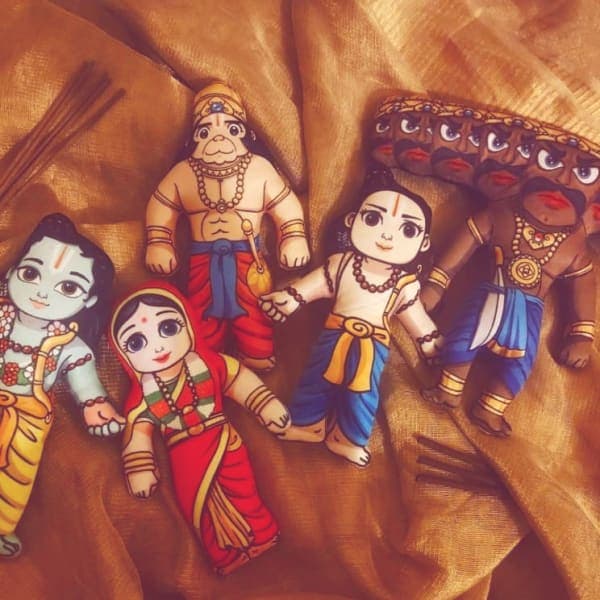Textiles and Dyes: India's Historical Tapestry of Colors and Weaves
Historically, India has been celebrated for its exquisite textiles and natural dyeing techniques. Renowned globally for their quality, variety, and vibrant colors, Indian textiles have played a significant role in the country's cultural and economic history.
Information and Other Details
Information on the Discovery
India's expertise in textile production and natural dyeing was discovered through historical records, travelogues of traders and explorers, and archaeological findings. Textiles such as cotton, silk, and wool were dyed with a range of natural dyes extracted from plants, minerals, and even insects.
Story of Indian Textiles and Dyes
The story of Indian textiles and dyes is one of ancient skills passed down through generations. From the fine muslins of Bengal and intricate silk weaves of Varanasi to the rich indigo dyes of the south, each region of India developed its unique textile traditions.
History of the Discovery
The history of Indian textiles dates back to the Indus Valley Civilization, with evidence of cotton cultivation and weaving. The ancient texts, including the Vedas and the Mahabharata, mention various fabrics and dyeing techniques, highlighting their importance in Indian society.
Scriptural References and Its Mentions
Indian scriptures and epics, such as the Ramayana and Mahabharata, frequently mention textiles, indicating their significance in ancient Indian society. The Arthashastra, an ancient Indian treatise on statecraft, economics, and military strategy, also discusses the production and trade of textiles.
Global Influence/Acceptance
Indian textiles and dyes, especially cotton and indigo, had a significant impact on global trade. The ancient Silk Road facilitated the exchange of Indian silks, while the European demand for Indian cotton and indigo led to the growth of trade routes in the 17th and 18th centuries.
...




